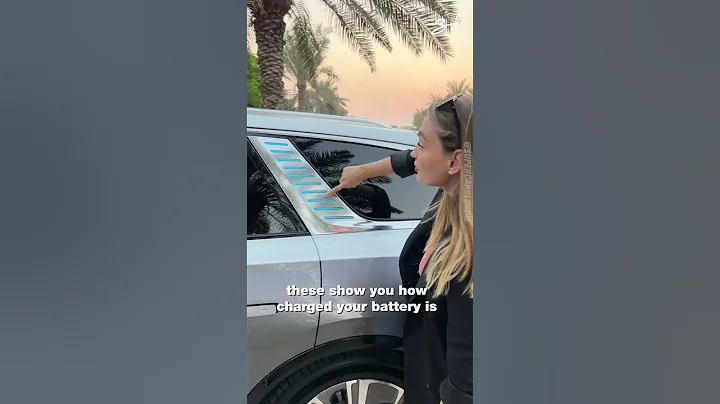plug-in hybrid can be used without charging. Plug-in hybrid cars have many advantages, and its outstanding advantage is that it is "fuel-saving". When the power battery is insufficient, the battery must be charged through external charging, which means that the plug-in hybrid is a pure electric vehicle under the premise of full charge. So if the customer does not meet the charging conditions, can the vehicle be used in the feed state? The answer is yes, because in the feed state, the power battery will always maintain a power reserve of 2%-5%, ensuring that the vehicle is used at low speeds or starts, which means that the fuel-saving effect can also be achieved. The basic principle is the same as that of other mild hybrid HEVs.

plug-in hybrid vehicle (Plug-in hybrid electric vehicle, referred to as PHEV for short), is a new type of hybrid new energy vehicle. Different from the traditional hybrid power that combines traditional gasoline power and pure electric drive, the plug-in hybrid driving principle and drive unit are the same as electric vehicles. The only difference is that the car is equipped with an engine.

plug-in hybrid cars are between conventional hybrid cars and pure electric cars. When traveling for a long mileage (such as weekend outings), the power mode is mainly based on internal combustion engines. If traveling for a short mileage (such as normal commuting and getting off work), the pure electric mode is adopted.
Plug-in hybrid cars have two sets of power drive systems, one is driven by traditional internal combustion engines, which obtains driving power by consuming fuel (gasoline or diesel), and the other is electronically controlled drive, which consumes the power in the power battery to obtain power. Of course, under certain conditions, the two can jointly drive the vehicle.

Under normal circumstances, the engine of the plug-in hybrid model not only drives the vehicle normally, but also charges the power battery. At the same time, it can also charge the battery through some energy recovery devices. Therefore, when the power battery is insufficient, there is no need to rush to charge.

To sum up, the difference between plug-in hybrid and oil-electric hybrid is that the battery of a plug-in hybrid car is relatively large, can be charged externally, and can be driven in pure electric mode. After the battery is exhausted, it will be driven in hybrid mode (mainly internal combustion engine);
The battery capacity of a hybrid car is very small, and it only supplies/recycles energy when starting/stop, accelerating/decelerating, and does not require external charging.
(Mini program has been added here, please go to the Dongchedi client to view)











